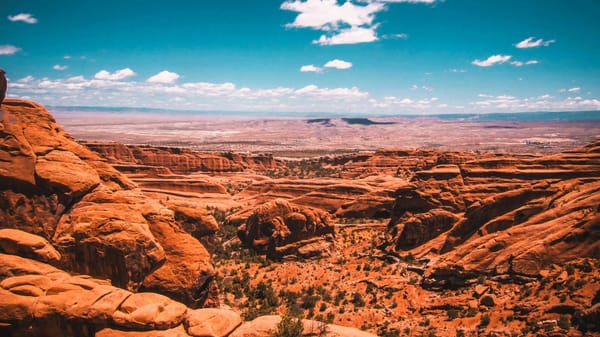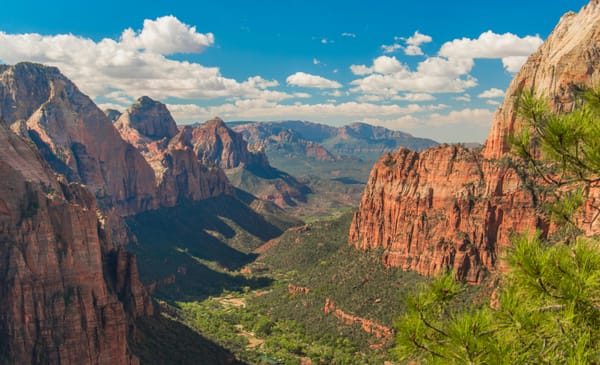Wednesday☕️

Trending:
- On July 1, 2025, the U.S. Senate passed the "One Big Beautiful Bill Act" (H.R. 1), a $3.3 trillion tax and spending package, by a 51-50 vote, with Vice President J.D. Vance casting the tie-breaking vote. This reconciliation bill includes provisions for tax reductions, such as eliminating federal income tax on tips and extending business deductions, while cutting funding for programs like Medicaid and food assistance. It also allocates resources for immigration enforcement, including deportations and border wall construction, and removes clean energy tax credits, including those for electric vehicles, set to expire on September 30, 2025.
- Nonpartisan estimates project the bill will add $3.3 trillion to the national debt over ten years. The bill now heads to the House for a vote, expected as early as July 2, 2025, amid ongoing discussions about its economic and social impacts. The bill has sparked varied reactions. Supporters, mainly Republicans and some business groups, argue it promotes economic growth through tax cuts and addresses immigration concerns with enhanced border security measures. Opponents, including Elon Musk, Democrats and certain fiscal conservatives, express concerns over increased spending.
Economics & Markets:
- Yesterday’s U.S. stock market:
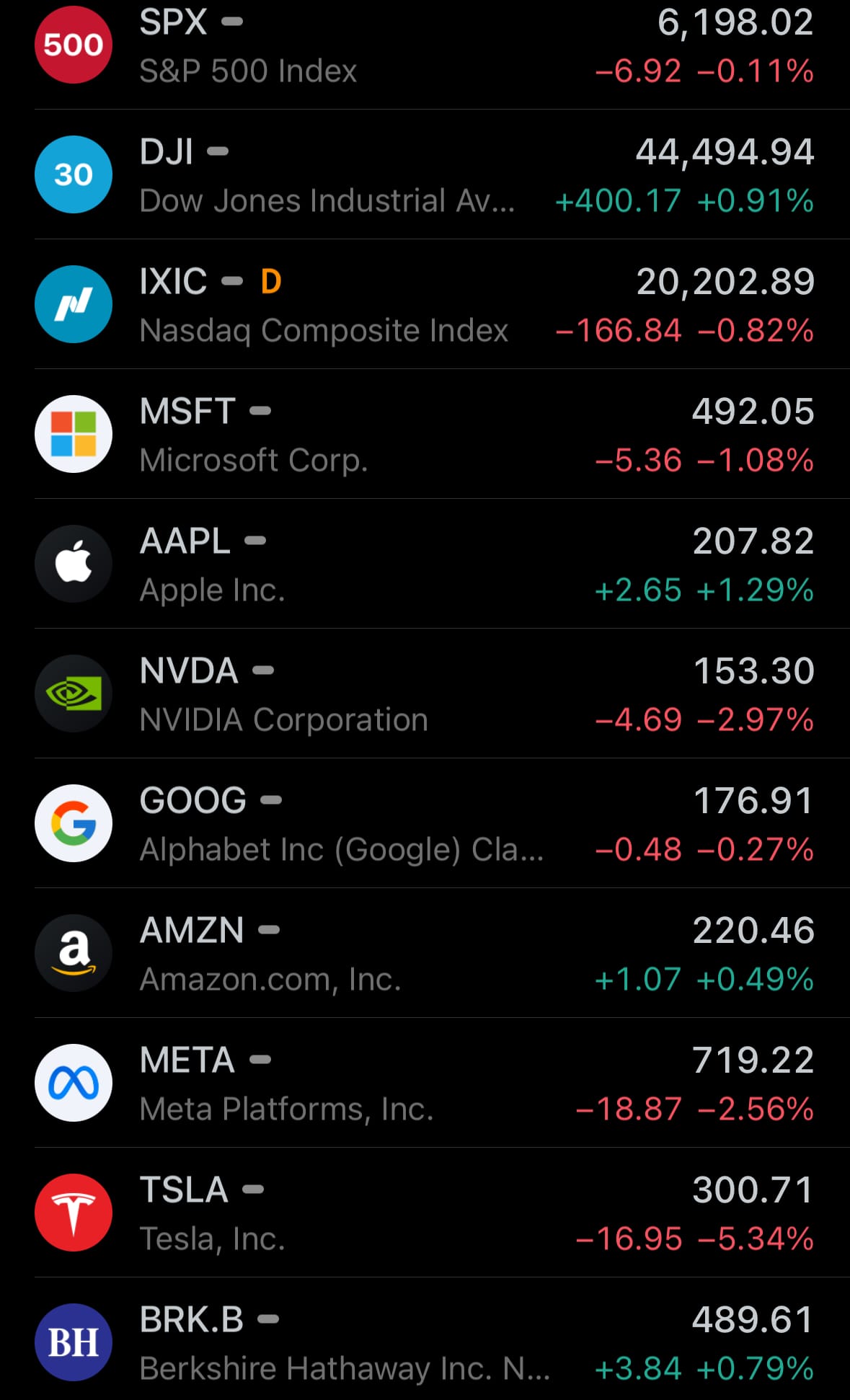
- Today’s commodity market:
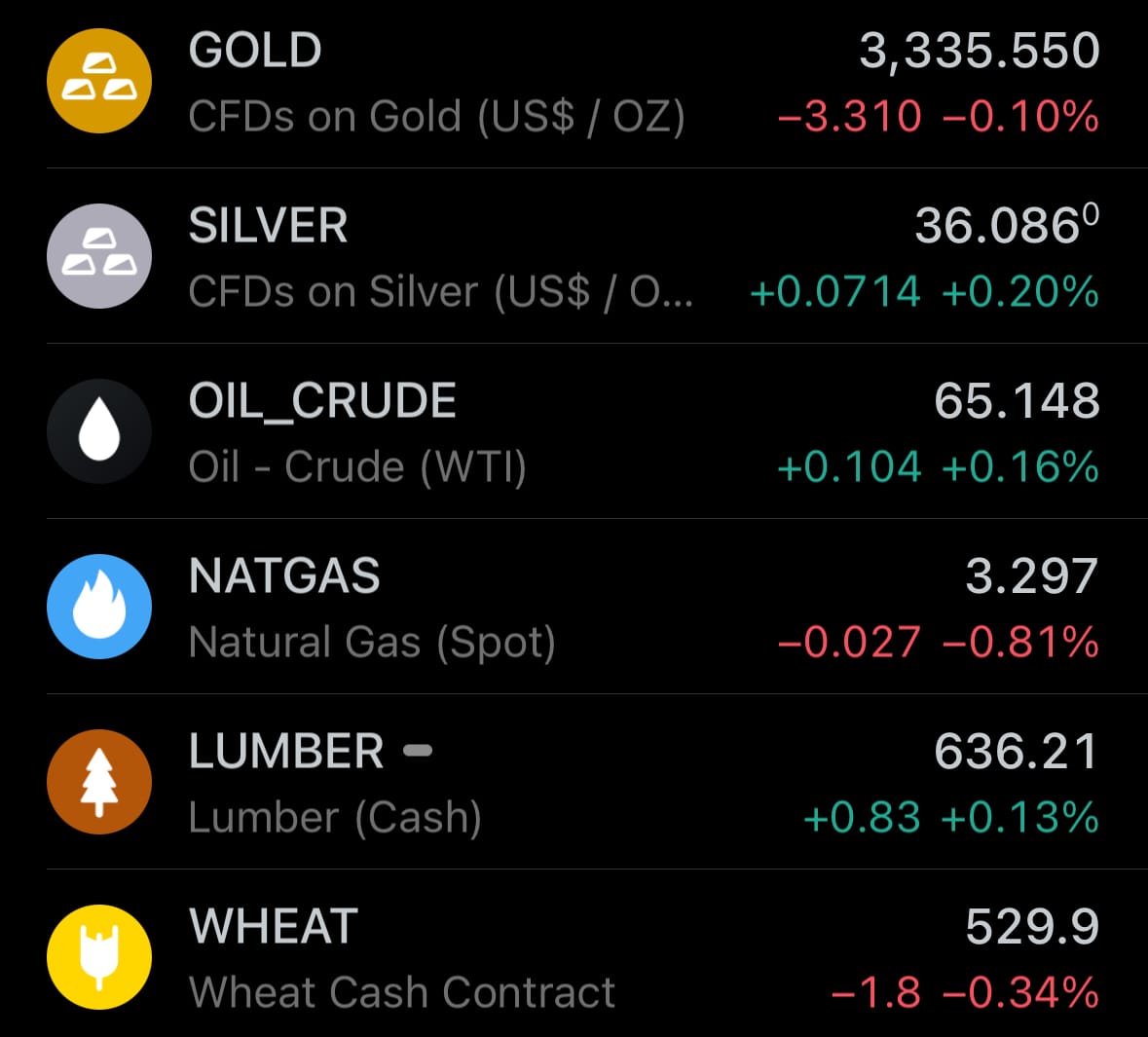
- Today’s crypto market:
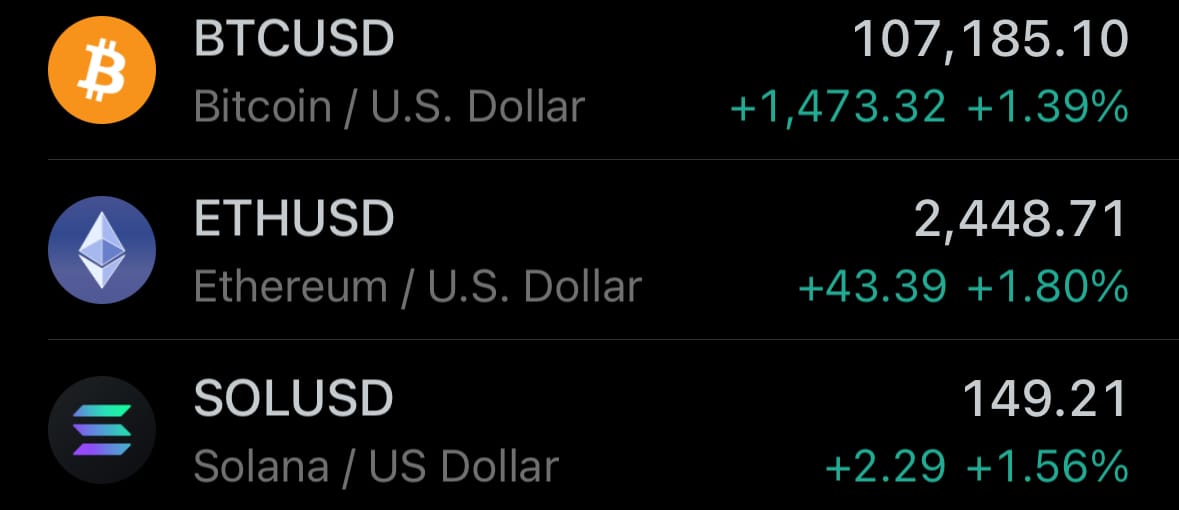
Environment & Weather:
- Yesterday, July 1, 2025, Xianfeng County, Hubei Province, China, was hit by severe flooding after 353.4 mm (14 inches) of rain fell in just 12 hours, much more than the area’s usual monthly rainfall. This heavy downpour, possibly worsened by a dam release, forced the evacuation of about 18,000 people from the county’s 300,000 residents. Floodwaters swept away cars, flooded streets, and disrupted water and power supplies, while schools and bus services were closed for safety. The flooding, linked to climate change and China’s rainy season, caused major disruptions.

- Local authorities acted quickly, evacuating thousands to safe areas and halting services to reduce risks. Although no deaths were reported, the flooding caused significant damage, with water levels over 1 meter in some places. ReportsBy July 2, 2025, no new flooding updates were reported, suggesting the situation may have stabilized, but recovery efforts are ongoing to restore services and support affected residents.
Space:
- On July 1, 2025, at 5:04 PM EDT, SpaceX launched the MTG-S1 satellite with the Sentinel-4 instrument from Kennedy Space Center’s Launch Complex 39A in Florida. This mission, run by the European Space Agency (ESA) and EUMETSAT, is part of the Meteosat Third Generation and Copernicus programs. The MTG-S1’s Infrared Sounder gathers data on temperature, humidity, wind, and gases to improve weather forecasts. The Sentinel-4 instrument checks air quality over Europe and northern Africa every hour, helping track pollution. This launch supports better weather predictions and environmental monitoring.
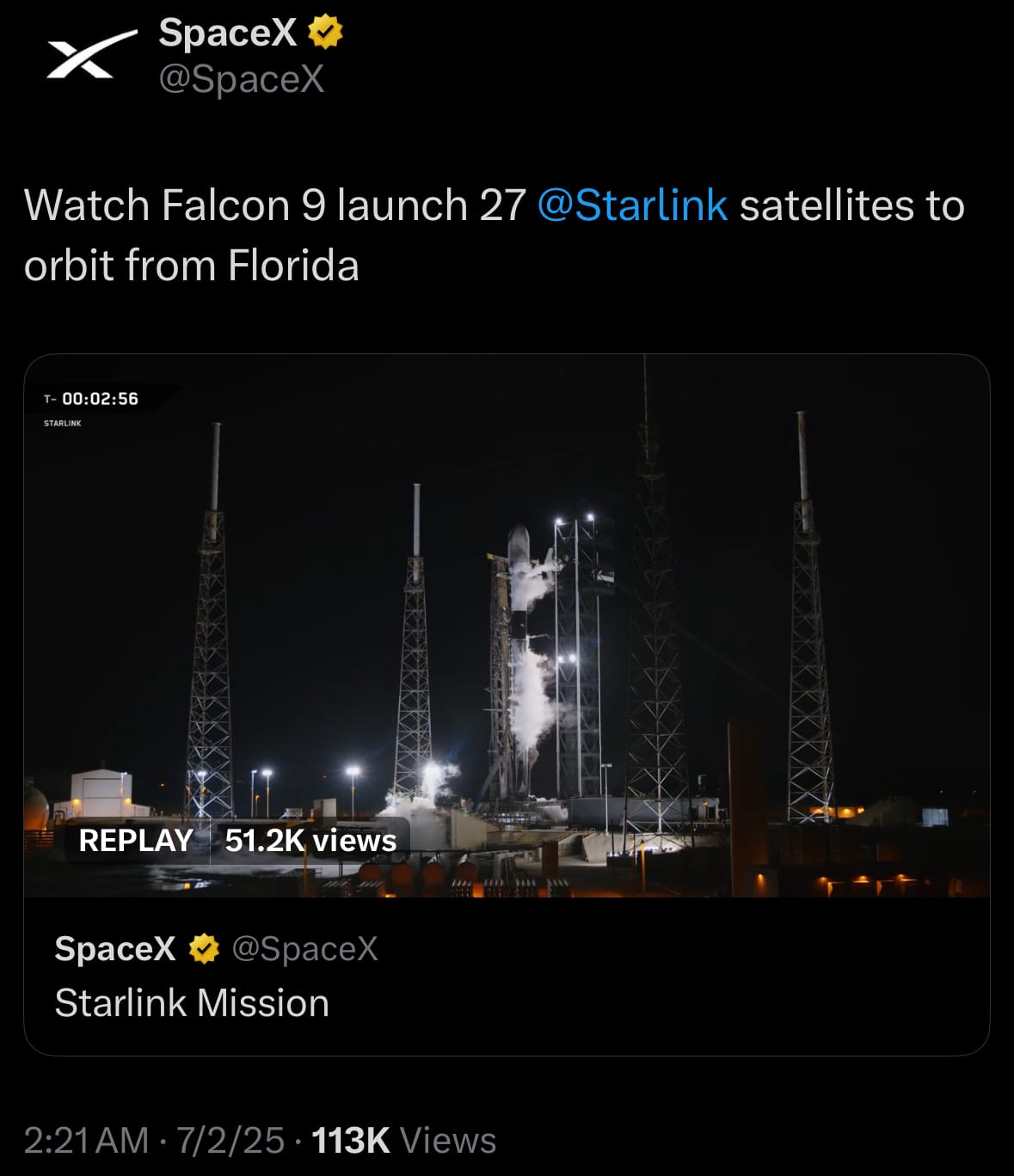
- The next day, July 2, 2025, at 2:28 AM EDT, SpaceX sent up the Starlink Group 10-25 satellites using a Falcon 9 rocket from Cape Canaveral Space Force Station’s Space Launch Complex 40 in Florida. This is part of SpaceX’s Starlink project to provide high-speed internet worldwide, especially in areas with poor connectivity.

Statistic:
- Largest public companies by market capitalization:
- 🇺🇸 NVIDIA: $3.738T
- 🇺🇸 Microsoft: $3.657T
- 🇺🇸 Apple: $3.103T
- 🇺🇸 Amazon: $2.340T
- 🇺🇸 Alphabet (Google): $2.139T
- 🇺🇸 Meta Platforms (Facebook): $1.808T
- 🇸🇦 Saudi Aramco: $1.571T
- 🇺🇸 Broadcom: $1.245T
- 🇹🇼 TSMC: $1.165T
- 🇺🇸 Berkshire Hathaway: $1.055T
- 🇺🇸 Tesla: $968.57B
- 🇺🇸 JPMorgan Chase: $807.07B
- 🇺🇸 Walmart: $783.99B
- 🇺🇸 Eli Lilly: $696.55B
- 🇺🇸 Visa: $694.41B
- 🇺🇸 Oracle: $615.02B
- 🇨🇳 Tencent: $586.06B
- 🇺🇸 Netflix: $550.51B
- 🇺🇸 Mastercard: $512.71B
- 🇺🇸 Exxon Mobil: $470.78B
- 🇺🇸 Costco: $437.25B
- 🇺🇸 Procter & Gamble: $377.98B
- 🇺🇸 Johnson & Johnson: $375.15B
- 🇺🇸 Home Depot: $371.26B
- 🇨🇳 ICBC: $365.64B
History:
- The roots of U.S. political parties trace back to the debates over the Constitution’s ratification in the 1780s, when early factions formed around competing visions of governance. The Federalists, led by Alexander Hamilton, pushed for a strong central government and a commercial economy, while the Anti-Federalists, who evolved into the Democratic-Republicans under Thomas Jefferson, prioritized states’ rights and agrarian interests. By the 1790s, these groups solidified into the first party system, with Federalists dominating until their decline after 1800. The Democratic-Republicans splintered in the 1820s, birthing the Democratic Party under Andrew Jackson, which embraced populism and territorial expansion. The Whig Party emerged as opposition, advocating economic modernization, but collapsed in the 1850s over slavery, paving the way for the Republican Party, founded in 1854 to curb slavery’s spread. This marked the start of the second party system, with Republicans and Democrats competing fiercely, shaped by regional and economic divides, culminating in the Civil War.
- From the late 19th century to today, the Democratic and Republican parties have entrenched a two-party system, adapting to social, economic, and cultural shifts while maintaining dominance due to the U.S.’s winner-takes-all electoral framework. Post-Civil War, Republicans held industrial and Northern support, promoting business and infrastructure, while Democrats, rooted in the South, resisted Reconstruction and later embraced populism. The early 20th century saw Democrats shift toward progressivism under Woodrow Wilson and Franklin D. Roosevelt, whose New Deal redefined the party as a champion of labor and social welfare. By the 1960s, Democrats’ support for civil rights under Lyndon B. Johnson alienated Southern conservatives, who gradually aligned with Republicans, solidified by Ronald Reagan’s conservative revolution in the 1980s. Today, Democrats lean toward social liberalism and diversity, while Republicans emphasize deregulation, cultural conservatism, and populism, as seen in the Trump era. Third parties, from Socialists to Libertarians, have struggled to break through, though they occasionally influence discourse, leaving the two-party system resilient amid growing polarization and evolving voter priorities.
Image of the day:

Thanks for reading!
Earth is complicated, we make it simple.
Click image to view the Earth Intelligence System:
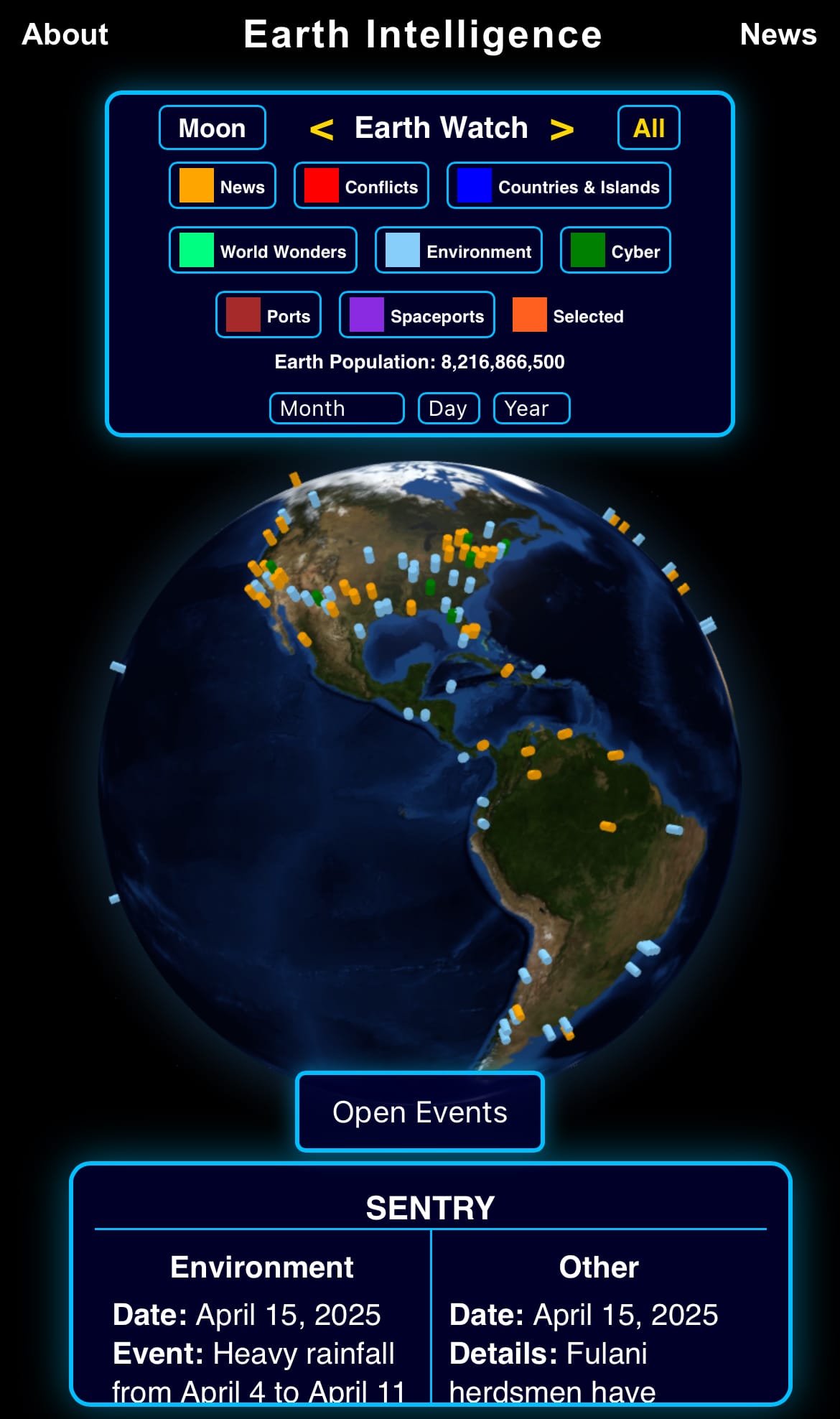


Support/Suggestions Email:
earthintelligence@earthintel.news

